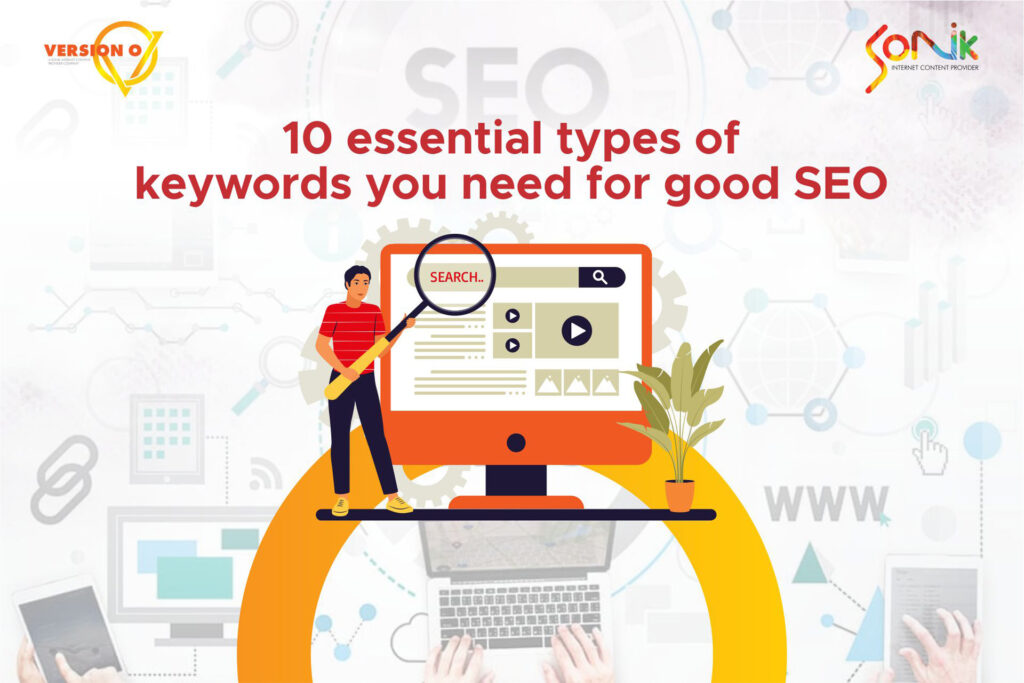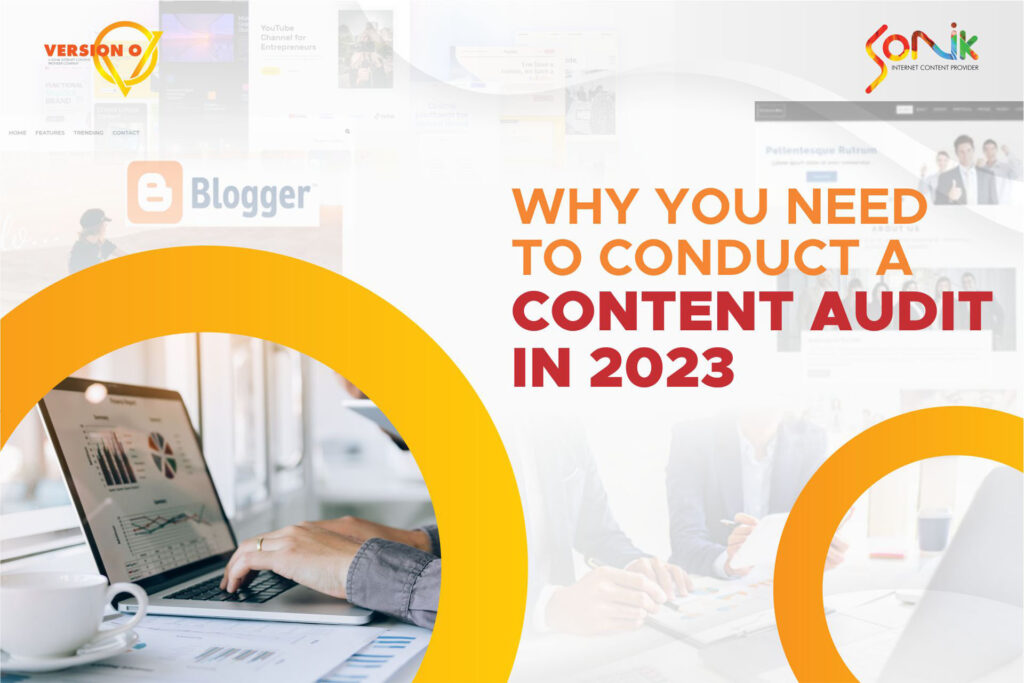For business of any size, customer retention is a key factor in determining success. Even studies show that retaining existing customers has been shown to increase profitability by a minimum of 25% all the way up to an astounding 95%.1
In short, that means you can nearly double your profits from just keeping your existing customers happy and loyal.
But how do you know you’re achieving this goal? Are there any metrics you can measure? Well, in short, there are many. From our experience, however, we believe 5 of them are essential.
And we’re going to break down each one for you right here.
What is customer retention?
Customer retention refers to the ability of a business to retain its existing customers over a given period of time. This is extremely important because it is much cheaper to retain an existing customer than to acquire a new one.
Why is customer retention important?
Research shows that just retaining 5% more customers results in a nearly 30% rise in overall revenue!2 This makes sense when you consider that existing customers are more likely to make repeat purchases from your business.
Also, once they trust you, they wouldn’t hesitate to recommend you to their friends and family – in other words, they become your advocates. These alone are two golden reasons why you need to focus on customer retention.
Now, without further ado, let’s get down to the 5 key customer retention metrics you need to measure.
- Customer Churn Rate
In business, ‘churn’ refers to the number of employees or customers who leave or stop working with a company during a given period of time. So, customer churn rate refers to the percentage of customers who stop doing business with your company over a certain period.
It is calculated by dividing the number of customers lost during a specific period by the total number of customers at the beginning of that period.
According to research, the average customer churn rate across all industries is about 15% to 25%. However, this number varies by industry, with some industries having much higher churn rates.
2. Customer Lifetime Value (CLV or CLTV)
The second key metric to measure how well you’re retaining your followers is the customer lifetime value (abbreviated both as CLV and CLTV). This refers to how much each customer is expected to spend with your company for the entire time they do business with you. This metric will help you gauge the lifetime value of each customer to your business.
Now here comes the kicker: more than 75% of companies agree CLV is important – but only 40% or so actually measure this metric.
Why is it important? High CLV customers are more likely to refer new customers to you – and this is apart from the high volume of business they’re already doing with you, and will continue to do with you.
Further, most companies agree that the best way to increase their CLV is by providing exceptional customer service, personalised marketing, and targeted promotions.
3. Net Promoter Score (NPS)
As we’ve already mentioned, loyal customers often become valuable spokespersons for your brand or business. How likely they are to do so is measured by this key metric: the net promoter score (NPS).
NPS is calculated by subtracting the percentage of detractors (customers who would not recommend you) from the percentage of promoters (customers who would recommend you).
It’s quite clear that companies with a high NPS tend to have higher customer retention rates than those with a low NPS. A high NPS customer base also tends to be loyal repeat purchasers as well, resulting in a net-net gain for you.
4. Customer Engagement
The more number of times your customers have positive interactions with you, the more likely they are to remain loyal and recommend you to others. This is nothing but customer engagement – and yes, you can measure this as well.
How you can measure this depends on where your customers interact with you. If you’re an online business, where customers mostly reach you through your website, your engagement rate depends on the amount of time they spend on your site, the actions they take, and the duration of each visit.
Similarly, for physical business, it could be number of visits to your office, the time spent there, and the purchases made.
In both cases, how well you resolve complaints and solve problems is also crucial to keeping your customers happy. High levels of customer engagement indicate that a customer is invested in the relationship and is more likely to remain loyal to the company.
5. Repeat Purchase Rate
This one is self-explanatory: your company’s repeat purchase rate refers to the percentage of customers who buy regularly from you. It could be the same product/service (using the same car service, for example), or different ones (getting different products from the same furniture store) – all that matters is that the same customer keeps coming back again and again to you.
You can measure this metric by the average number of times each customer does repeat business with you. And needless to say, these customers will also be more likely to recommend you to others, and will have a higher lifetime value for your business as well.
Customer retention metrics are not isolated
One key thing to remember is that these metrics should not be viewed in isolation, as they are interconnected and have a significant impact on one another. For example, a high NPS score may indicate a high level of customer engagement, which in turn can lead to a high CLV and repeat purchase rate.
That’s why it is essential for businesses to track all 5 metrics to gain a comprehensive understanding of how well you’re doing when it comes to customer retention.
Measuring customer retention is also a great way for you to understand and develop effective strategies, identify areas for improvement and implement changes to boost retention and loyalty.
In an era of increasing competition and rising customer expectations, every business needs to focus on retaining existing customers and converting them into a loyal base that drives long-term growth and success.
Liked this article? Make sure to follow our blog for more updates – and follow us on Instagram, LinkedIn and Twitter too for regular tips and tricks!
References:
- Harvard Business Review, The Economics of E-loyalty
- Think Impact, Customer Retention Statistics
- SEMrush, Customer Retention Stats




